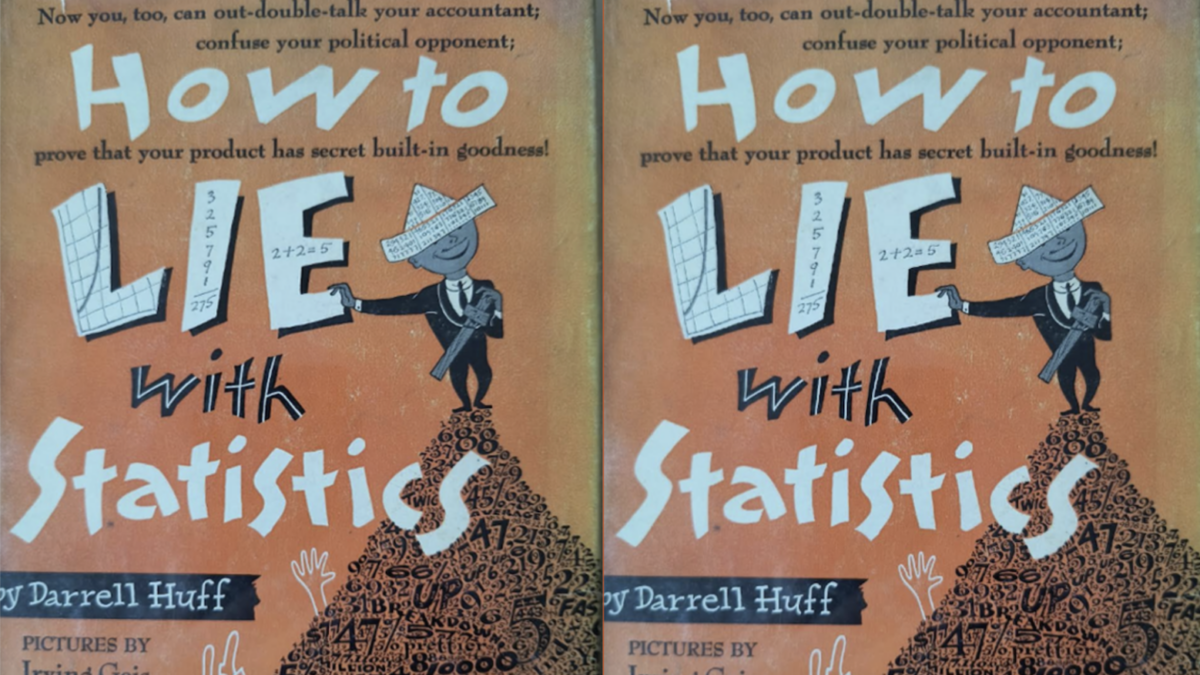
It’s become virtually impossible to find reliable data or polling on gun violence these days. A new Kaiser Family Foundation report being shared by virtually every major media outlet this week offers us a good example of why. The headlines report that “1 in 5 adults” in the United States claim that a “family member” has been “killed” by a gun. And, let’s just say, that’s a highly dubious claim.
There are 333 million people living in the United States, and somewhere around 259 million of them are over the age of 18. Twenty percent of those adults equals nearly 52 million people. There were more than 40,000 gun deaths in 2022, and around 20,000 of them were homicides — a slight dip from a Covid-year historic high that followed decades of lows. So, according to Kaiser’s polling, every victim of gun violence in the past few years had hundreds, if not thousands, of “family members.”
Now, to be fair, we can’t really run the numbers because Kaiser doesn’t define its terms or parameters. For example, what constitutes a “family member”? Is your second cousin a family member? Because if so, that creates quite the nexus of people. What about your stepbrother’s second cousin? Or how about your uncle who died in Iraq? Or how about that grandfather you never met who committed suicide in 1968? Kaiser could have asked people about their “immediate” relatives. The opacity is the point.
Then again, you can always spot a misleading firearms study by checking if the authors conflate suicides and murders. Kaiser does. The underlying problems leading to a homicide or a suicide are typically very different. So are the solutions. There are numerous countries with virtually no private gun ownership that have persistently high suicide rates. There isn’t any other societal problem in which Kaiser wouldn’t stress the distinction between criminality and mental health struggles.
But even if we count suicides, the claim is fantastical. As are many of the others. If we trust this poll, we would have to accept that around 50 million Americans were personally threatened with a gun. And that 54 percent of American adults — which can be extrapolated to mean 140 million adults — have personally or have a family member who has witnessed a shooting, been threatened by a gun, or been injured or killed by one. (Another 28 percent, or 72 million people, contend they have carried a gun in self-defense — which is also exceedingly unlikely.)
Kaiser’s “key findings” highlight many issues tied to anti-gun activist talking points. In the middle of polling, Kaiser conveniently switches up the definition of an “adult” from 18 and older to over 19, so it can regurgitate the claim that firearms are the leading cause of death among children. Kaiser wonders if your “health care provider” has talked to you about guns or gun safety. Did you know, Kaiser asks, that 6 in 10 parents with guns in their households say a gun is stored in the same location as ammunition?
What Kaiser doesn’t mention in its press-friendly “key findings” — and no media piece I’ve read mentions — is that 82 percent of those polled feel “very” or “somewhat safe” from gun violence in their own neighborhoods. Only 18 percent of Americans say they worry about gun violence on a daily or almost daily basis, while 43 percent say they worry about it “rarely” or “never.” So, you’re telling me, half of American adults have personally experienced gun violence themselves or toward someone in their family, but less than 20 percent worry about it often?
There are numerous other problems with Kaiser’s findings. Perhaps the most important, though, is the sample size. Granted, I’m no polling expert, but I suspect that the self-reported thoughts of 1,271 people — answering a bunch of poorly defined questions about a highly emotional and politically charged issue “online and by telephone” — should not be relied on with any certitude. And yet, there isn’t a single establishment media reporter writing about the report that exhibits a hint of skepticism.









